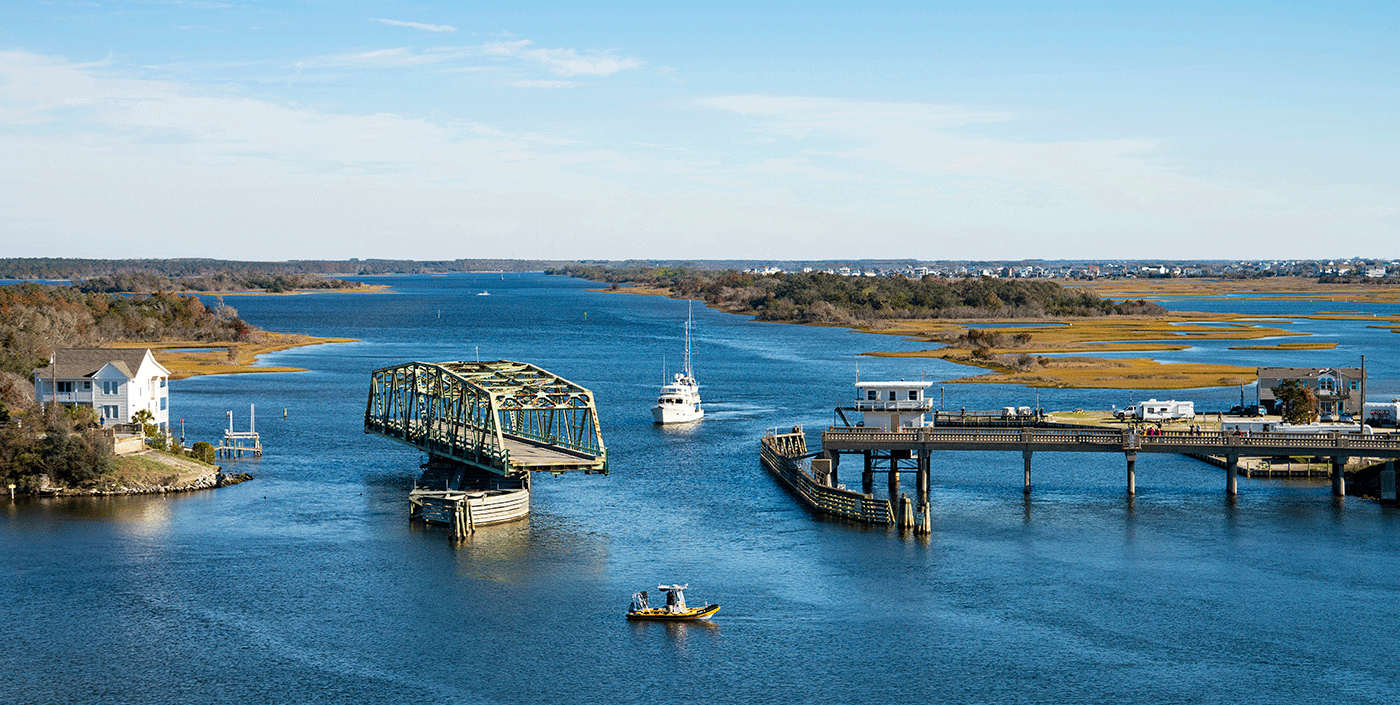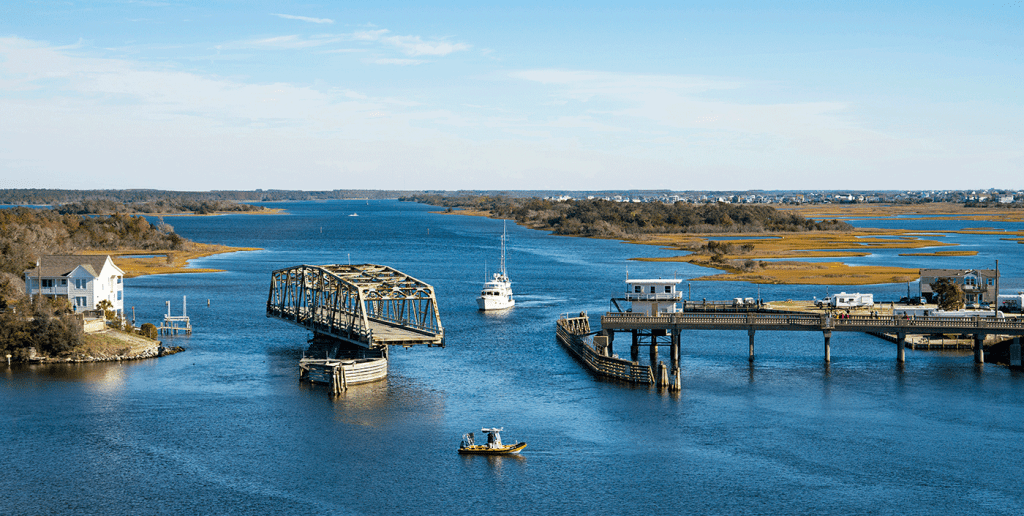
Exploring the Rich History of Topsail Island, North Carolina

Exploring the Rich History of Topsail Island, North Carolina
Topsail Island, located off the coast of North Carolina, is a hidden gem with a fascinating history that spans centuries. From its early Native American inhabitants to its involvement in World War II, Topsail Island has witnessed significant events that have shaped its identity. In this article, we will delve into the intriguing history of Topsail Island, uncovering its past and highlighting the key milestones that have contributed to its charm and allure.
Native American Roots:
Long before European settlers arrived, Topsail Island was inhabited by various Native American tribes, including the Algonquian-speaking Native Americans. These indigenous peoples relied on the island’s abundant resources, such as fish, shellfish, and game, for their sustenance.
Pirates and Legends:
During the 17th and 18th centuries, Topsail Island became a haven for pirates who sought refuge and hid their treasures along its shores. Legends abound of famous pirates like Blackbeard, who supposedly frequented the area. The island’s name itself is believed to have originated from the pirate tradition of hiding their ships in the island’s channels, leaving only the tops of their sails visible.
Early Settlement and Development:
In the late 18th century, Topsail Island witnessed the arrival of European settlers who established small farming and fishing communities. These early inhabitants relied on the island’s fertile soil and the bounty of the surrounding waters for their livelihoods. However, the isolation of the island and its vulnerability to natural disasters, such as hurricanes, posed constant challenges for these pioneers.
World War II and Operation Bumblebee:
Topsail Island played a significant role in World War II as a top-secret military operation known as “Operation Bumblebee” was conducted here. From 1946 to 1948, the United States Navy utilized the island as a testing ground for the development of guided missiles. The operation brought a flurry of activity to the island, with research facilities and military personnel transforming its quiet shores into a bustling scientific hub.
The Birth of Surf City:
In the 1940s, the island experienced a surge in popularity as a tourist destination. With the construction of the Surf City Swing Bridge in 1954, Topsail Island became more accessible, and tourism flourished. The town of Surf City, located on the island’s central portion, emerged as a vibrant coastal community, offering visitors sandy beaches, recreational activities, and a tranquil getaway.
Environmental Preservation and Tourism:
Recognizing the unique ecological significance of Topsail Island, efforts were made to preserve its natural beauty and protect its fragile ecosystem. In 1974, the majority of the island was designated as the Topsail Island State Preserve, safeguarding its pristine beaches, maritime forests, and diverse wildlife. Today, Topsail Island strikes a delicate balance between tourism and environmental preservation, offering visitors an opportunity to explore its natural wonders while respecting its fragile ecosystem.
From its Native American origins to its association with pirates and its pivotal role in World War II, Topsail Island’s history is as captivating as its sandy shores. As a testament to its past, the island has grown into a beloved destination that combines rich history with natural beauty. Whether you’re strolling along its pristine beaches, learning about its intriguing past, or simply enjoying its tranquil ambiance, Topsail Island offers a unique blend of history, culture, and coastal charm.












